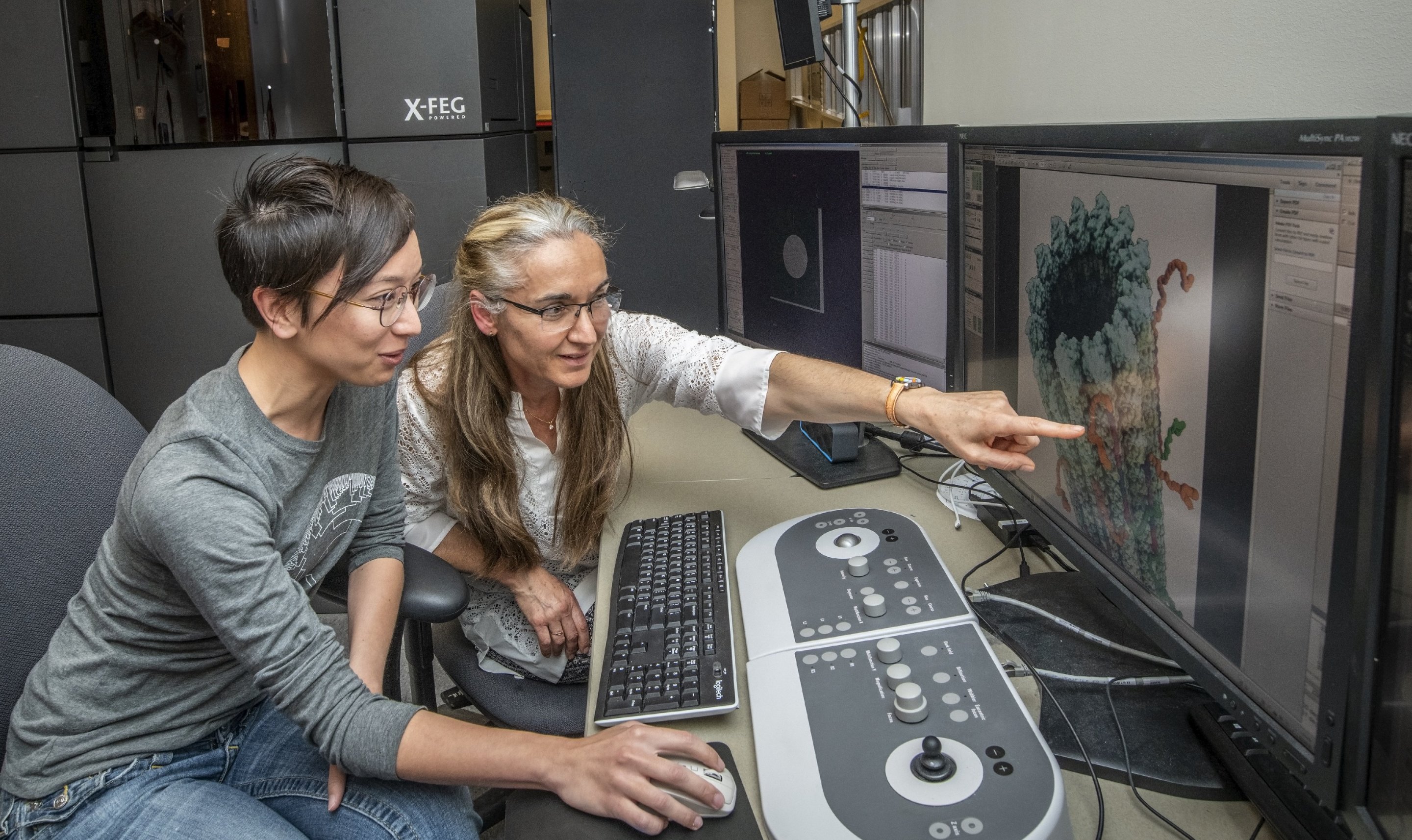Molecules in motion

Why Cryo-EM, or speed-freezing molecules to create 3D images that can diagnose human cell behaviour, is taking the structural biology world by storm
Published 6 March 2019
Professor Eva Nogales started her career in a time where barely any women were seen in science departments. In college, she skipped biology to focus on physics, relying on her high-school knowledge of the former to shape her career as a biophysicist.
Now, she’s using her understanding of the microtubules in our cells for improving disease management, including slowing the uncontrollable growth of cancer.
This niche understanding of our cell behaviour at the molecular level is already improving the lives of humans everywhere, and the technique used by Professor Nogales called “cryo-EM” is taking the world of structural biology by storm.
She recently visited the University of Melbourne to receive the 2019 Grimwade Medal, and to deliver the oration titled: Visualising the molecular dance at the heart of human gene expression.
Episode recorded: February 14, 2019
Interviewer: Steve Grimwade
Producer and editor: Chris Hatzis
Co-production: Silvi Vann-Wall and Dr Andi Horvath
Banner: Berkeley Lab
Subscribe to Eavesdrop on Experts through iTunes.

